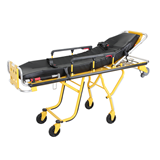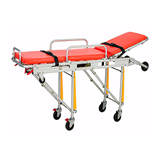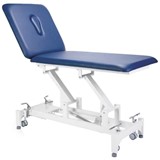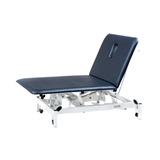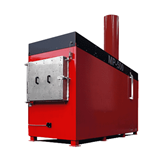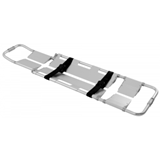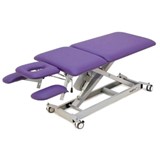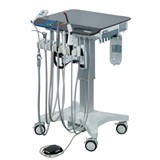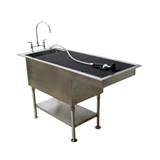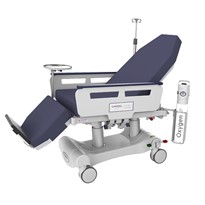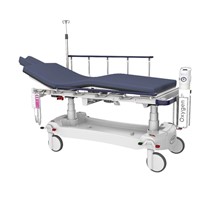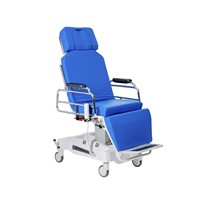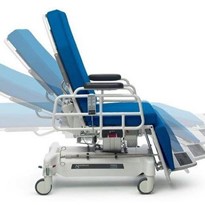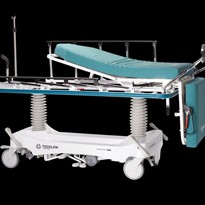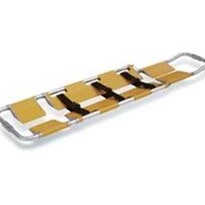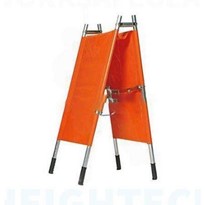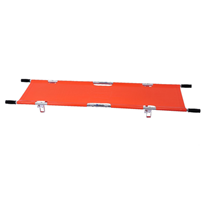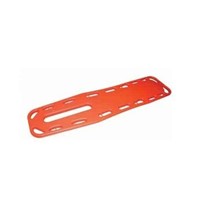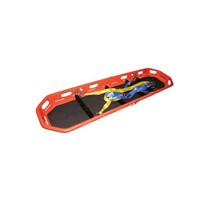Across the world localised terminology has been used for many years to call Medical Procedure Chairs by a variety of names.
In Australia, the product is mostly referred to as a Procedure Chair. This is summarized online as ‘a powered positioning examination table and chair used to support a patient during a vast range of diverse medical procedures’.
A regularly referred title in the UK and Europe is a Treatment Chair. It can be summarized that they ‘are specially designed to allow for the quick and comfortable treatment of patients’.
Throughout the USA, the word Stretcher Chair is one of the more popular terms, used broadly to describe this type of patient equipment as ‘helping to maximize patient throughput without compromising patient care’.
Another word occasionally used is Medical Chair which is ‘an apparatus used for supporting patients who require medical care’.
Whatever you, your facility or the manufacturer chooses to call it, essentially all iterations mean a similar thing – ‘a re-usable, mobile device for transient to short-term use in a healthcare environment, that allows a patient to be adequately supported during transport/transfer for the purpose of care, nursing, examination and/or treatment within the environment’. Most Transport and Procedure Chairs can be accessorized to accommodate intravenous poles, oxygen tanks, articulating headpieces, and other equipment. They may also be seen to function like Stretchers.




